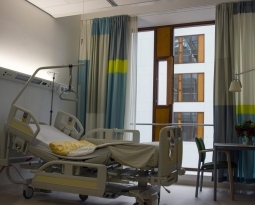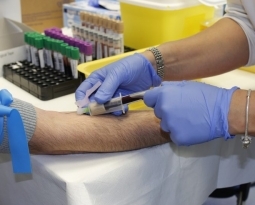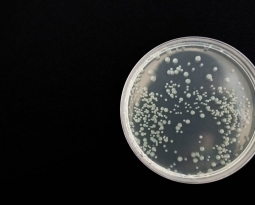Maryland Patent of the Month – April 2022
Genesis Engineering Solutions, Inc. (Genesis) has been working in the space industry for decades, striving to improve the efficiency and safety of space exploration. As the International Space Station (ISS) and satellites age, their maintenance increases and they require regular servicing. With our current technology, it takes a long time for a suited astronaut to get to a worksite, as they need to go through extensive preparation including a lengthy pre-breathe, depressurizing an airlock, or hand-over-hand translation.
Genesis has designed a single-person spacecraft which removes much of this prep work, ensuring an astronaut can spend more time on the job than they do preparing for it.
Their aircraft has a pressurized crew enclosure which matches the pressure of the host vehicle. This allows immediate access to space without needing to prebreathe or use an airlock. Prebreathing is a process which purges the astronaut’s bodies of nitrogen. The crew enclosure is large enough for the astronaut to be situated comfortably and is separated from an external equipment cabin by a Micrometeoroid/Orbital Debris (MMOD) shielding skin. This cabin is unpressurized, holding equipment and subsystems used to power the vehicle. The shielding skin also acts as a structural element which also provides a space for initial energy dispersion. It maintains room temperature in the crew enclosure and decreases the risk of the astronaut’s exposure to radiation.
The SPS provides a unique alternative to the concept of a spacesuit. It can either be piloted by the astronaut or tele-operated. In addition to removing prep steps such as pre-breathing and the use of airlocks, it is designed with an integral propulsion which enables rapid transport to the work site. Robotic arms with interchangeable manipulators make it possible to complete work including sample collection and the required dexterous servicing of the ISS, telescopes, satellites and so on.
Are you developing new technology for an existing application? Did you know your development work could be eligible for the R&D Tax Credit and you can receive up to 14% back on your expenses? Even if your development isn’t successful your work may still qualify for R&D credits (i.e. you don’t need to have a patent to qualify). To find out more, please contact a Swanson Reed R&D Specialist today or check out our free online eligibility test.
Who We Are:
Swanson Reed is one of the U.S.’ largest Specialist R&D tax advisory firms. We manage all facets of the R&D tax credit program, from claim preparation and audit compliance to claim disputes.
Swanson Reed regularly hosts free webinars and provides free IRS CE and CPE credits for CPAs. For more information please visit us at www.swansonreed.com/webinars or contact your usual Swanson Reed representative.

















